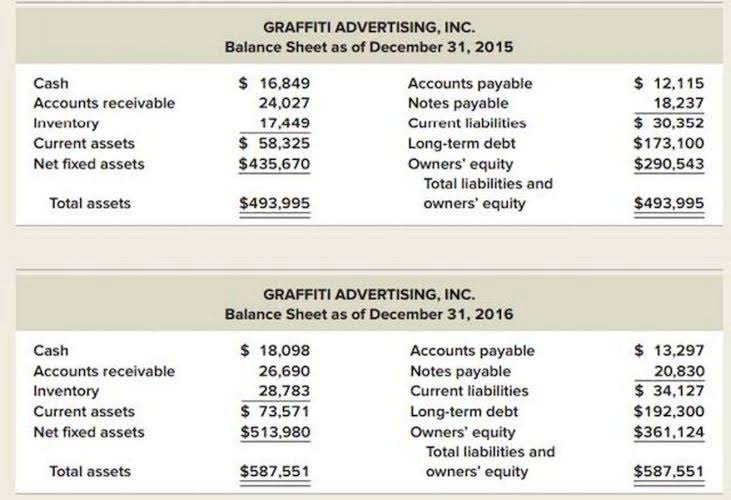What Are Operating Expenses? With Examples

Companies must pay the rent for their office space, parking or other infrastructures it is using to maintain a smooth and efficient business. Also, the impact of direct expense on a company’s profitability is more specific and immediate. By mastering the art of expense categorization, you’re setting your business up for long-term success and financial stability. Remember that this practice is not just about meeting legal requirements; it’s an essential component of sound financial management and business growth. To optimize expense categories, start by analyzing spending patterns regularly, ideally monthly or quarterly. Look for trends and fluctuations in each category, compare expenses to industry benchmarks, and identify the highest-cost categories to investigate reasons for high spending.
- Operating expenses are all the normal costs of running a business and are divided into both fixed costs and variable costs.
- Variable expenses are dependent on the number of units you produce or sell.
- These typically include office supplies and equipment, rent or lease payments for office space, utilities, maintenance and cleaning services, and software subscriptions and technology costs.
- Examples are the origination charges for loans and interest on borrowed funds.
- Expenses in accounting are incurred for earning revenue either immediately or in the near future- depending on the type of expenses you have incurred and the type of business that you own.
Indirect Expenses List (with PDF)

Because they are a financial expense that does not directly contribute to selling services or products, they aren’t considered assets. At the end of your accounting period, separate your operating expenses from other types of expenses. You’ll then use the formula described in the following section to calculate your operating expenses. It is easier to predict and budget for fixed expenses because they do not fluctuate with business activity.
- Indirect costs also do not determine the price of a product or service that the business offers.
- Effectively managing business expense categories is a powerful tool for driving growth and increasing profitability.
- An ordinary business expense is anything that is common and accepted in your business or industry.
- Those costs that a company must pay regularly are recurring indirect costs.
- These expenses stem from the secondary activities of a business and not from its primary operations, and are recorded separately from operating expenses.
- On the other hand, owing to flexibility, variable expenses can be reduced based on performance, which helps in the management of business profitability.
- This record ensures that the company stays tax-compliant and also helps attract investors and lenders who wish to analyse their financial profile before investing.
Leveraging Technology for Expense Management
- Our Goods & Services Tax course includes tutorial videos, guides and expert assistance to help you in mastering Goods and Services Tax.
- Expenses are calculated by adding up the costs incurred over a specified period.
- To conclude, a company must keep proper track of its direct expenses and indirect expenses for the smooth running of its business.
- Employee salaries and wages for staff are typically one of the largest business expense categories for most companies.
- For more information on how Sage uses and looks after your personal data and the data protection rights you have, please read our Privacy Policy.
This practice ensures that your financial records remain accurate and up-to-date. Understanding these industry-specific expense categories is crucial for accurate financial management and tax reporting. It’s important to research industry standards and best practices for expense categorization. https://www.bookstime.com/ The good news is that the vast majority of your business expenses are deductible. Just be sure you’re tracking them properly in order to take advantage of them, and if you have any questions about what is and isn’t deductible, it’s always best to refer them to your accountant or CPA.
Stay Informed About Tax Regulations

Examples may include rent, salaries of permanent employees, insurance premiums paid, and the depreciation of any equipment. Accrued expenses represent liabilities incurred by a business but not yet paid for. These expenses are recognized in the accounting period in which they occur, aligning with the accrual basis of accounting, which matches revenues with the expenses incurred to generate list of expenses in accounting them. Additionally, it will also give you valuable insights on where you can minimize your expenses and save your budget when you need to do so. In fact, as directed by your respective taxation governments, necessary business expenses can be deducted from your taxable income. Expenses in accounting are the money spent or costs incurred by a business in an effort to generate revenue.

Operating Expenses – Selling/General and Admin

Distinguishing between operating expenses and capital expenses is important for maintaining accurate accounting practices. It defines operating expenses as being ‘ordinary and necessary’, meaning they are commonly accepted in that industry and required for a company to conduct business. FreshBooks expense tracking software can help businesses efficiently track and categorize their operating expenses, such as rent, utilities, insurance, and travel expenses.

Salaries, wages, and Benefits
By organizing expenses into clear, distinct categories, you gain valuable insights into spending patterns, improve financial management, and ensure compliance with tax regulations. Common expenses include payments to suppliers, employee wages, factory leases, and equipment depreciation. Businesses are allowed to write off tax-deductible expenses on their income tax returns to lower their taxable income and thus their tax liability.
- You can create a separate expense sub-account for all the expenses you have, like rent and insurance payments.
- While accounting software won’t be much help if bills aren’t posted to the correct expense account, it can go a long way in helping you categorize and track your expenses throughout the year.
- This includes airfare, cabs, food, laundry and long-distance telephone calls as well as any necessary purchases required to make the trip.
- We’ll explain business expense deductions, highlight tax-deductible expenses, and show you why growing businesses should track and categorize expenses using advanced accounting software.
